Sandy loam soil is a suitable soil option for growing vegetables.
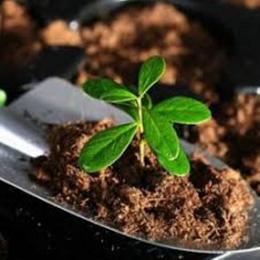
Every plant grower knows that a lot depends on the type and quality of the soil on the site: the amount of harvest obtained, the amount of money invested and labor. The more fertile the composition soil, the less effort and money is needed to obtain a high yield. Therefore, everyone strives to find a plot in the best location and increase the fertility of the existing one.
Content:
- Types of soil, what are their differences
- Characteristics of sandy loam soil
- How to determine soil type
- What is the difference between sandy and loamy soils?
- Sandy loam soil is the best option for growing vegetables.
- Methods for increasing the fertility of sandy and sandy loam soil
Soil types and their differences
The following species are found in our country:
- sandy
- sandy loam
- swampy
- limestone
- loamy
- clayey
- black soils
They are rarely found in their pure form; they are combined with each other in various proportions. Each type has its pros and cons; what is suitable for growing one crop may not be suitable for another.
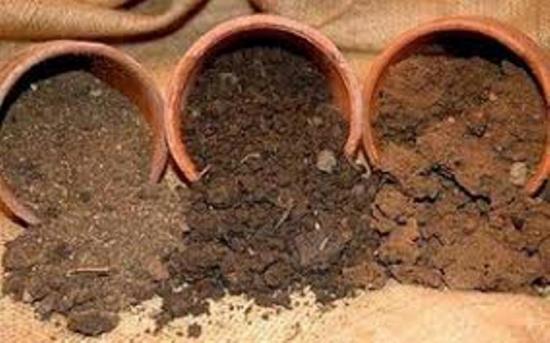
Knowing these basics guarantees 80% success in getting a harvest.
Characteristics of clayey, marshy, loamy, sandy, black soil and calcareous soil
Clayey
It has a structure with lumps, does not absorb moisture well, is very sticky after precipitation, has a high density, and is heavy. Such Earth It takes a long time to warm up and almost does not absorb water.It is very difficult to grow plants in uncultivated clay soil.
To improve it, sand, ash and peat. Horse manure is the preferred organic fertilizer. The amount of fertilizers and components applied depends on the initial state of the site, but on average no more than 40 kg of sand per 1 square meter is required. m, lime – 350 g per 1 sq. m.
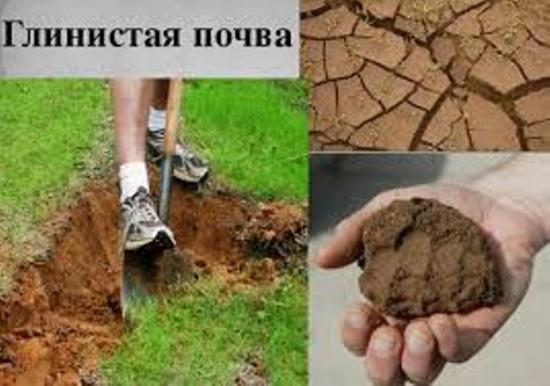
Loamy
The most optimal type for cultivating most crops. It is easy to process, contains a set of useful substances, is lightweight, heats up, and retains heat for a long time.
There is no need to improve such land; it is enough to maintain its fertility: apply organic fertilizers before winter, mulch, and enrich it, if necessary, with mineral fertilizers.
Sandy
Loose, light, free-flowing. It allows water to pass through, lends itself well to loosening, and heats up quickly. But at the same time it also cools quickly and does not retain beneficial properties well. roots plant substances, as a result, they are poorly saturated with microflora and are not suitable for agriculture.
Regular application is required to improve the quality of the composition. compost, peat, clay flour.
Onions, strawberries, fruit trees and currant bushes are more suitable for cultivation.
Limestone
Belongs to the category of poor soils. It contains a large number of stones, has a light brown tint, and is characterized by a high alkaline environment.
It heats up quickly, dries out, and does not enrich the root system of plants with iron and manganese.
It can be improved by introducing organic matter into autumn and spring processing, using potassium fertilizing, mulching, using green manure.It is possible to grow all vegetables, fruit trees and shrubs, but following agricultural techniques: you will need to systematically loosen, fertilize, and water.
Swampy or peaty
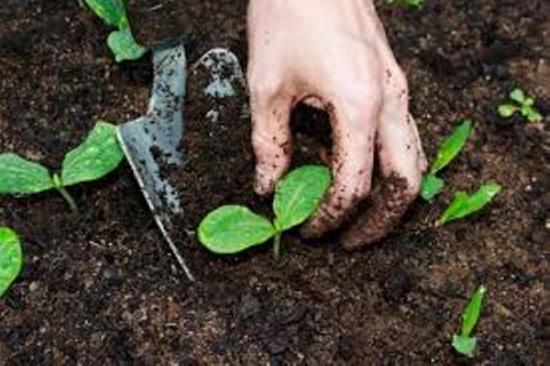
It is difficult to call such land suitable for growing vegetables, trees and shrubs: it has a high acidity, takes a long time to warm up, nutrients are in a state unsuitable for plants.
But it is perfectly saturated with mineral fertilizers and can be improved.
The following methods are used for refining:
- bring in sand
- dig up the lower layers
- liming is used on acidic soils
- add potassium, phosphorus, manure, microbiological additives
If all recommendations are followed, any crop can be cultivated, and if no action is taken, then gooseberry bushes can be planted, currants and garden strawberries. They will feel comfortable.
Chernozems
This is a land with high fertility. Characterized by a high content of humus and calcium, high air and water permeability, rapid warming up, this is the best soil for farming.
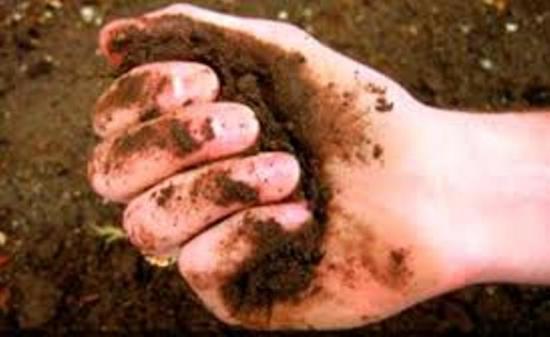
But with active development, it is necessary to maintain its qualitative composition; for this, green manure is sown and fertilizers are used.
Chernozem can have an acidic, neutral or alkaline environment and each type requires its own adjustment.
Characteristics of sandy loam soil
Its composition is very similar to the sand type, but it contains a higher percentage of clay component, which means it retains moisture and heat better, and contains more mineral and organic substances.
All crops can be grown on such land, but it is recommended to regularly apply fertilizers, observe crop rotation and mulch the area.
How to determine the type of soil on a site
To start growing any vegetables, flowers, ornamental and fruit trees, it is necessary to determine the type of soil on the site. This will help to adjust the actions, the plan for applying fertilizers and treating the soil.
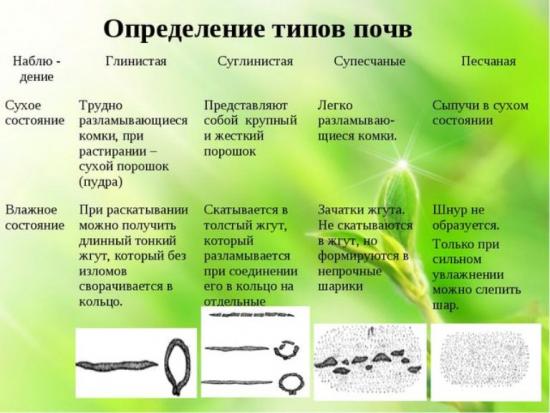
There are several ways to determine the type of soil, but the simplest and most effective is the method of rolling out land a ball and a kind of “sausage”, studying its properties and color.
Clayey
If you roll a sausage from a moistened clay type and then roll it into a ring, it will not crack or break. It has a brownish or red tint.
Loamy
You can easily roll out a sausage from a handful of loam in your hand, but you won’t be able to roll it into a ring: it will crack and crumble.
Sandy
If you pick up a lump of soil, you will not be able to roll it into a ball; it will crumble.
Sandy loam
The soil is similar to sandy soil; when you form a “sausage” of wet soil in your hands, you get the desired shape, but it is very unstable and crumbles almost immediately. The color is most often grayish brown.
Limestone
It dries quickly and becomes very hard, similar to sand, but crumbles when shaped, as it contains a large number of small stones.
Swampy
When a clod of earth is squeezed, the ball turns out to be dense, heavy, and reddish-brown.
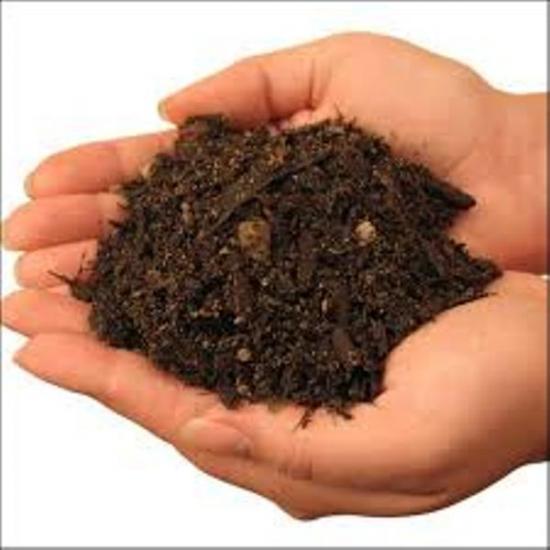
Chernozems
If you form a ball or sausage from such fertile soil, you will get a stable shape, and a distinct black spot will remain on your hands.
Difference between sandy and sandy loam soils
They have common positive qualities:
- Useful organic matter quickly decomposes, but during prolonged rains it is washed out from the top layer. These types of soil warm up well and are easy to process.
- Sandstones are not very suitable for crop production, as they do not provide adequate nutrition and moisture. root system crops require cultivation and enrichment.
- Both are free-flowing and light.
- They do not retain moisture and nutrients for long.
- High breathability.
- Fast warm-up.
Sandstone, in contrast to the sand type, is ideal, if properly cultivated, for cultivating various crops. It is quite fast, not expensive, and does not require large investments of labor from the summer resident.
It warms up easily, organics and moisture are retained in this type soil pretty long.
It retains heat well, which means there are no sudden temperature changes for the root system.
The positive thing is that the soil is easy to work with.
Sandy loam soil is the best option for growing vegetables.
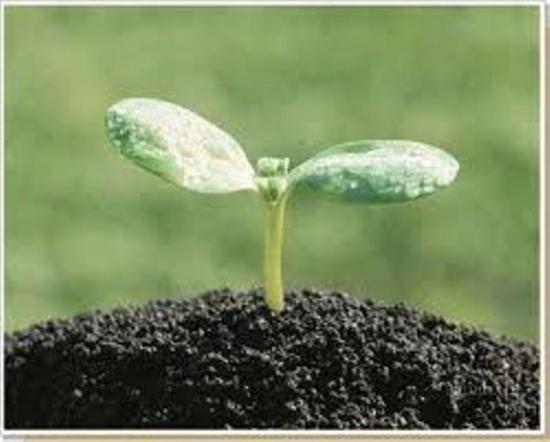
Key facts you need to know about sandstone:
- Biological life is developed in the sandstone; many plant species actively grow and develop in this favorable biological environment. The root system receives sufficient water, minerals and organic substances.
- After moistening, it dries quickly, but a soil crust does not form on the surface.
- Conducts oxygen well.
- Heats up quickly, rarely gets the plants “soaked”.
- They retain thermal energy for a long time.
- Fungal diseases rarely appear, and root rot appears less often.
- Reacts flexibly to changes in day and night temperatures.
- On such soils they are especially successful: early cabbage, cauliflower, tomatoes, cucumbers, green salads, celery, but the seeds should be planted deeper than usual when planting.
Measures to increase the fertility of sandstones and sandstones
To improve the sandy loam type, peat should be regularly added to bind solid particles. In autumn and spring, organic fertilizers are added (in normal doses) to maintain microflora, mineral fertilizers are applied strictly in accordance with the instructions.
Such soil requires ash. It is distributed directionally, laid out in each hole. For sandstones with a large percentage of sand contained in them, it is recommended to add clay to improve moisture absorption, up to 25 - 28 kg per 1 sq. m. m.
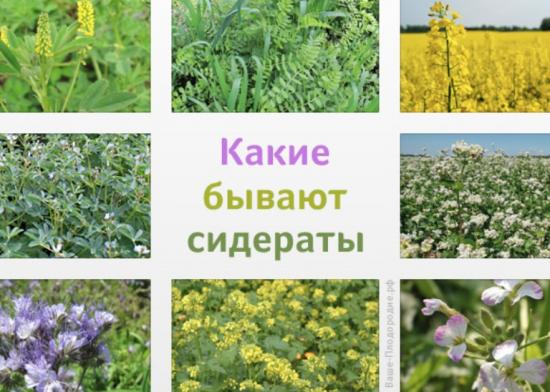
It will also not be superfluous to sow in advance. green manure, that is, plants, when the green mass is plowed, the soil is saturated with nitrogen, the thermal regime increases, and the oxygen saturation indicator improves.
This technique has many advantages, and most importantly: it is environmentally friendly, reliable and low cost.
It is advisable to mulch the soil: this will help retain moisture and heat longer, and the root system will also receive additional nutrition.
Determining the type of land plays an important role for every plant grower, and proper cultivation and care of sandy loam and sandy soils makes it possible to increase productivity and the quality of the product is severalfold.
It is not difficult to follow agricultural technology for sandy loam and sandstones; just follow some simple rules, and the result will please any summer resident.
You will learn more about why information about soil type is needed when watching the video:


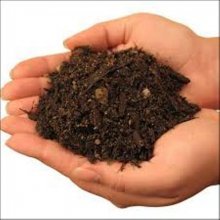
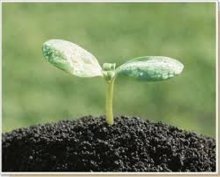

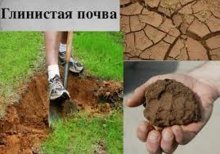
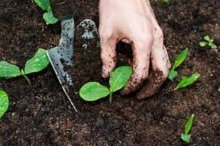
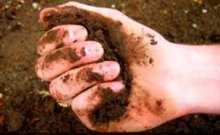
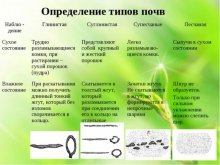
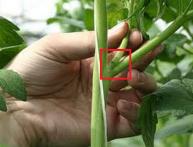

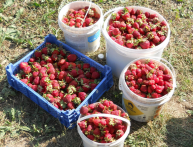
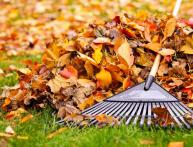
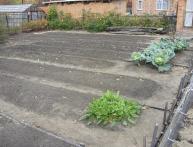
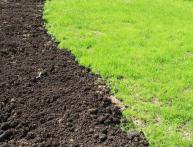

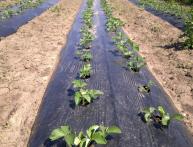
Comments
We also have sandy loam soil at our dacha and we are happy, it is much better than clay or loam. Vegetables grow beautifully in our soil! Apart from the "little blue ones", they do not grow. And that's bad.